If you’re in your third trimester of pregnancy and thinking about giving your baby the best possible start, you may have heard about collecting colostrum before birth. This nutrient-rich milk is often called “liquid gold” and can be incredibly beneficial especially if your little one needs extra support right after birth.
In this guide, we’ll walk you through everything you need to know to give your baby all the nutrients they need during those precious first days of life. From understanding what colostrum is to step-by-step expressing techniques and storage tips, you’ll find practical, expert-backed advice to support you every step of the way.
What is Colostrum and Why is it So Important?
Colostrum is the first milk your breasts make during the 12th to 16th week of pregnancy and immediately after giving birth. [1] Compared to mature breast milk, which is typically produced about 10 to 15 days after birth, colostrum contains more protein and fewer fat and sugar components, making it easier for the babies to digest.
Newborns have less-developed immune systems, making them more vulnerable to infections from their surroundings. Colostrum provides all the necessary vitamins, proteins, and antibodies that help strengthen their immune systems and protect them against infections. [2] Additionally, preterm infants and babies with low birth weight may benefit from consuming colostrum due to its abundance of important nutrients that support early development and healthy weight gain.
Why Some Parents Start Collecting Before Birth
While it is not required for every parent to express colostrum before birth, healthcare professionals may encourage it in certain situations. This is called antenatal expression, and it can be particularly helpful if:
-
You have diabetes. Babies born to mothers with diabetes are at risk of developing low blood sugar levels (hypoglycaemia) in the first 24 hours after birth, and colostrum can help stabilise their blood sugar levels.
-
You have a planned caesarean or induced birth. Consider antenatal expression in case you and your baby are separated after a caesarean or induced delivery.
-
You have breast abnormalities or have had breast surgery. Stored colostrum can be really helpful for mums who have had breast surgery or have breast hypoplasia (underdeveloped milk-producing breast tissue), in case they have trouble with milk production.
-
Your baby is expected to be admitted to the neonatal unit. If immediate breastfeeding is not possible, expressing colostrum before birth ensures that your baby receives all the nutrients necessary during the first few days.
Remember to consult your doctor or lactation consultant before starting antenatal expression. Professional guidance ensures that expressing colostrum is safe for both you and your baby, and helps tailor an expression technique that suits your specific circumstances or needs.
When to Start Expressing Colostrum
It is best to wait until late in the pregnancy to express colostrum, usually around 36 weeks. Aim to express 2 to 3 times every day for about 3 to 5 minutes per pumping session.
How to Hand Express Colostrum - A Step-by-Step Guide
Hand expression is generally the recommended method of colostrum collection due to the milk’s thick consistency. It may take some time and practice, but once you’ve mastered it, hand expressing colostrum can become a simple skill that helps you feel more prepared for your breastfeeding journey. Here’s how to collect colostrum using gentle hand expression:
Step 1: Relax and Get Comfortable
Stress can make it harder for your body to release colostrum, so relaxation is key. Try doing mindful breathing exercises and visualise flowing milk to reduce stress hormones and promote the release of oxytocin, the hormone that triggers milk letdown.
Step 2: Massage to Stimulate
Gently massage your breast in circular motions, starting from the outer areas and moving toward the nipple. This helps to stimulate the milk ducts and encourage your let-down reflex.
Step 3: Get Your Fingers in Position
Form a "C" shape with your thumb and forefinger, placing them about 1-2 inches behind the areola (darker, circular area of skin around the nipple).
Step 4: Press, Compress, Release
Gently press your fingers back toward your chest wall, then compress them together (press and release). Relax for one to two seconds, then repeat the process in a rhythmic motion where you press, compress, and release.
Step 5: Collect Every Drop
At first, you may only see tiny drops of milk, and that’s completely normal. Use a clean, small cup to collect them. Even small amounts of colostrum are packed with goodness for your baby.
Step 6: Switch and Rotate
After about 5-10 minutes per breast, switch to the other side. You can also move your finger placement around the areola to express from different milk ducts.
Step 7: Keep It Gentle and Be Patient
If no colostrum appears right away, don’t stress. It may take a few sessions for things to start flowing. Keep sessions to around 10 minutes per breast, and be patient with yourself as you practice.
When to Consider a Breast Pump for Collecting Colostrum
While hand expressing is generally more recommended for collecting colostrum, there are situations where pumping might also be helpful. Some mums might find that using portable electric breast pumps offers extra support, particularly if:
-
Hand expression feels difficult or tiring. If you're struggling to get the hang of the hand expression technique, or if it feels physically challenging, a pump can be a useful alternative or supplement. An electric breast pump can be especially helpful for hands-free pumping, particularly if you’re aiming to collect colostrum regularly. Many electric pumps have adjustable suction settings designed to mimic the natural rhythm of breastfeeding, making it easier to collect colostrum without needing to rely on manual effort.
-
You plan to supplement breastfeeding. Breast pumps can also be used to express breast milk, including colostrum, to supplement breastfeeding or when the baby cannot breastfeed directly.
-
You’re preparing for hospital storage or NICU needs. For mums with babies who may spend time in special care or NICU, using a pump can help build up a stash of colostrum ready for use.
Important Tips for Collecting Colostrum
For first-time mums who are still unfamiliar with hand expression or pumping, or those who encounter unexpected difficulties in the process, collecting colostrum can initially feel overwhelming. However, with some patience and the right approach, it becomes easier with time.
-
Apply warm compresses or take a warm bath or shower. Warmth helps relax blood vessels, which can stimulate milk flow.
-
Keep sessions short and frequent. It’s better to do shorter, regular sessions rather than long, exhausting ones. And remember, it’s okay to start slow and build up gradually.
-
Switch breasts and rotate your fingers. When hand expressing, switch sides regularly and move your fingers around the areola to target different milk ducts. This can help you collect from more areas of the breast.
-
Stay hydrated and nourished. Your body works hard to produce colostrum, so keep yourself well-hydrated and eat balanced, nourishing foods. Taking care of yourself supports your milk supply too.
If following the tips and steps above did not help to collect colostrum efficiently, consider consulting with your doctor or a lactation consultant on how to increase milk supply or adjust your expressing technique.
Realistic Expectations on How Much Colostrum to Collect
Every mum is different, so how much colostrum to collect before birth can vary from person to person. Some might only see a few drops at a time, while others may manage to collect a couple of millilitres in a session. Both outcomes are perfectly fine as colostrum is packed with concentrated goodness, meaning even the smallest amounts can benefit your baby. As you continue to express milk regularly, the colostrum you collect may gradually increase. So don’t be discouraged if you only get tiny drops at first. Remember, every drop counts, no matter the quantity.
How To Store Colostrum

Once you’ve expressed that precious colostrum, it’s important to store it safely so it’s ready for when your baby needs it. Because colostrum is produced in small amounts, every drop counts, and proper storage helps you make the most of what you’ve collected.
-
Use a sterile colostrum collection kit. Always collect your colostrum into a clean and sterile container, such as a syringe, colostrum collector, or BPA-free breast milk storage bag. Make sure to use a fresh new container each time you express.
-
Label the containers. Label each container with the date and time you expressed your colostrum. This is especially important if you plan to bring your colostrum to the hospital, as it ensures your baby receives the right milk.
-
Follow proper breastmilk transport practices. Place the syringes or containers in a snap-lock bag, wrap them in a clean cloth, and place them in a hard cooler with ice packs, ensuring no air gaps. Upon arrival, inform the hospital staff about the colostrum to be stored immediately in the freezer.
-
Follow the proper colostrum storage times. Pregnancy, Birth, & Baby Australia recommends the following colostrum storage practices: [3]
-
Up to 6 to 8 hours at room temperature (26°C or lower)
-
Up to 72 hours in the back of the fridge (4°C or lower)
-
Up to 2 weeks in a freezer compartment inside the fridge
When to Seek Expert Guidance
Talk to your midwife, lactation consultant, or doctor about expressing colostrum, especially if you have any concerns about your health, pregnancy, or potential risks. Ideally, discuss colostrum collection with a healthcare professional before you start, especially if you have a history of complications or are concerned about pre-term labour.
Seek medical guidance if you experience the following:
-
Pain or cramping while expressing
-
Low colostrum production
-
Your baby has difficulties breastfeeding
FAQs
1. Why is it so hard to collect colostrum?
Colostrum can be difficult to collect primarily due to its thick, sticky consistency. Additionally, it is only produced in small quantities, so it’s normal to see just a few drops at a time, especially in the beginning.
2. Is it good to squeeze out colostrum while pregnant?
Yes, it's generally safe and beneficial to express colostrum during late pregnancy, ideally after 36-37 weeks. However, it's important to discuss this with your healthcare provider beforehand, especially if you have any risk factors for preterm labour.
3. Is colostrum rich in IgA?
Yes. In fact, IgA or immunoglobulin A is one of the most abundant immunoglobulins found in colostrum. This antibody protects babies from infections, particularly in the gut, and promotes the growth of beneficial gut bacteria. [4]
4. How long should you pump for when collecting colostrum?
When collecting colostrum, most mums find that pumping or hand expressing for about 3 to 5 minutes per breast is a good starting point. Sessions can last up to 10 minutes per side, especially as you get more comfortable with the technique.
5. When should you not collect colostrum?
Colostrum collection is generally not recommended when there's a high risk of preterm labour, a cervical suture, or if you are at risk for placenta previa (placenta covering all or part of the cervix opening). Additionally, if you are taking medication that could be harmful to the baby through breastmilk, or have untreated HIV/high viral load, colostrum collection is not recommended. [5]
6. How early is too early to pump colostrum?
It’s generally considered too early to start collecting colostrum before 36 weeks of pregnancy. It's always best to discuss colostrum expression with your doctor or lactation consultant to determine the best timing for you and your baby's specific needs.
7. Can collecting colostrum trigger labour?
For most women with a healthy, uncomplicated pregnancy, collecting colostrum in the final weeks (usually from 36 weeks) is considered safe and unlikely to trigger labour. However, in some cases where the risk of premature labour is high, expressing colostrum can cause uterine contractions, as nipple stimulation releases oxytocin, the same hormone involved in labour.

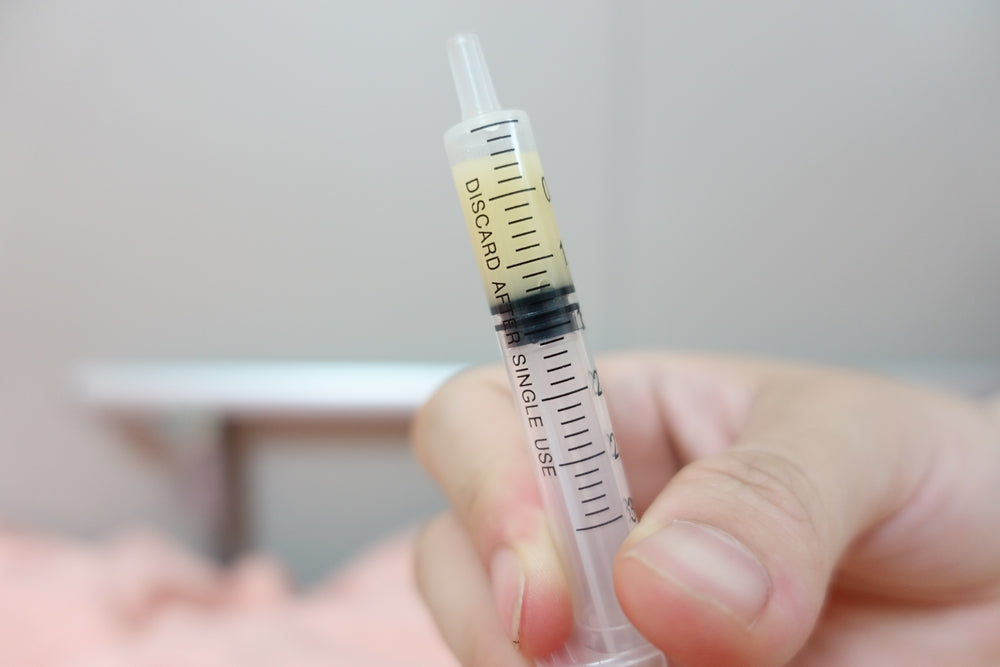
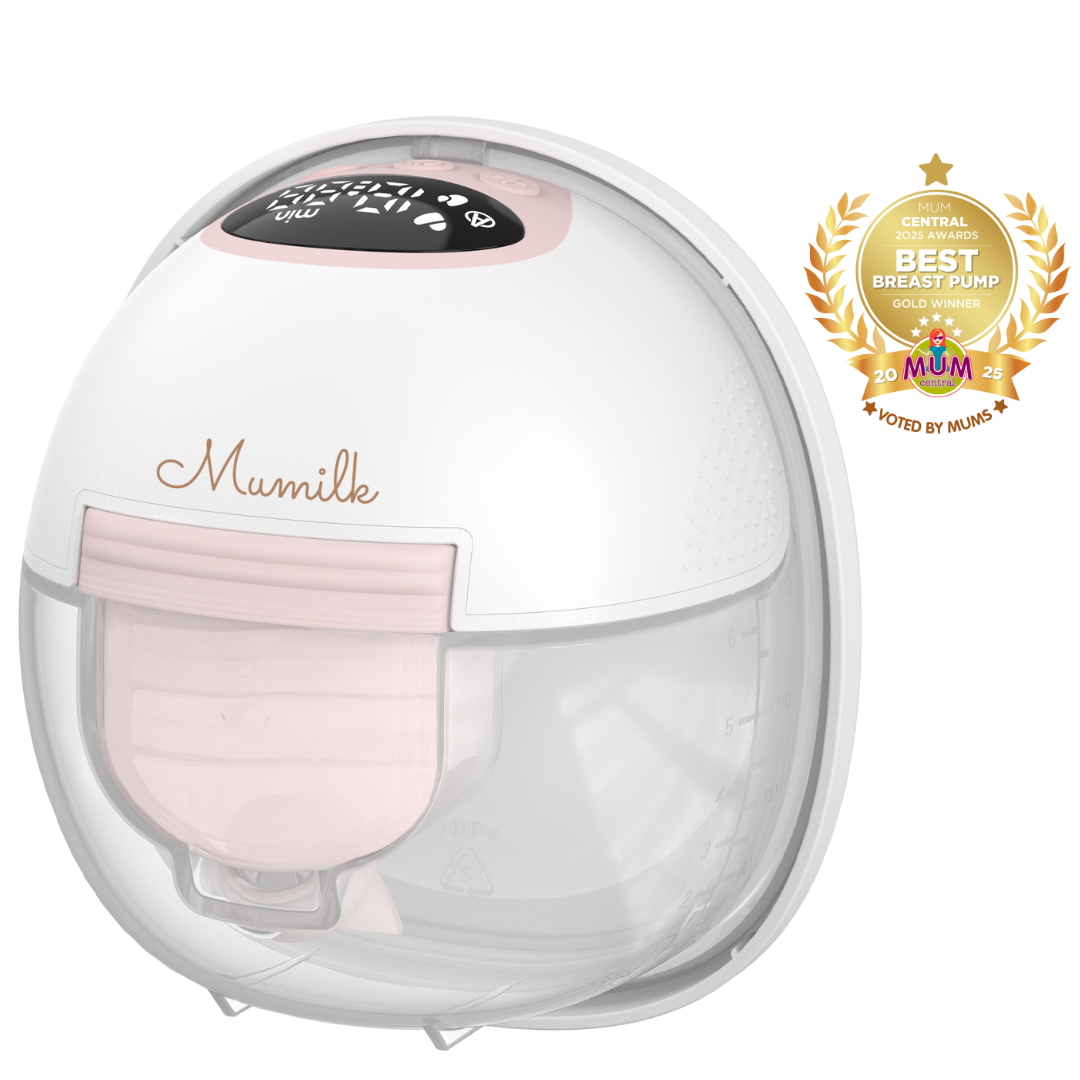
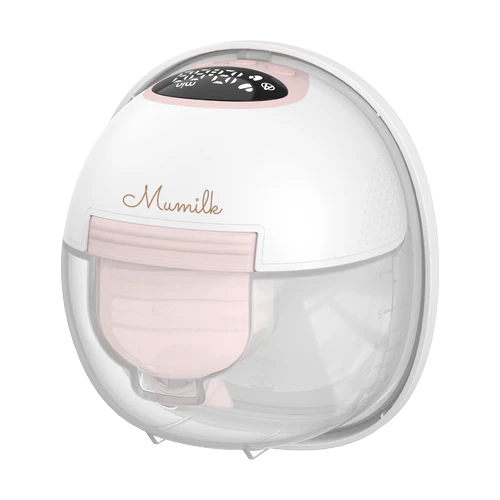
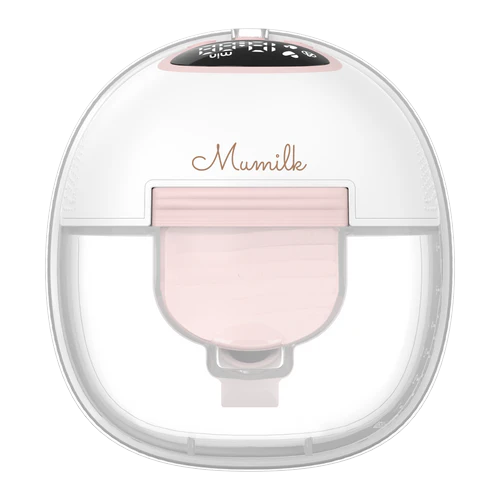
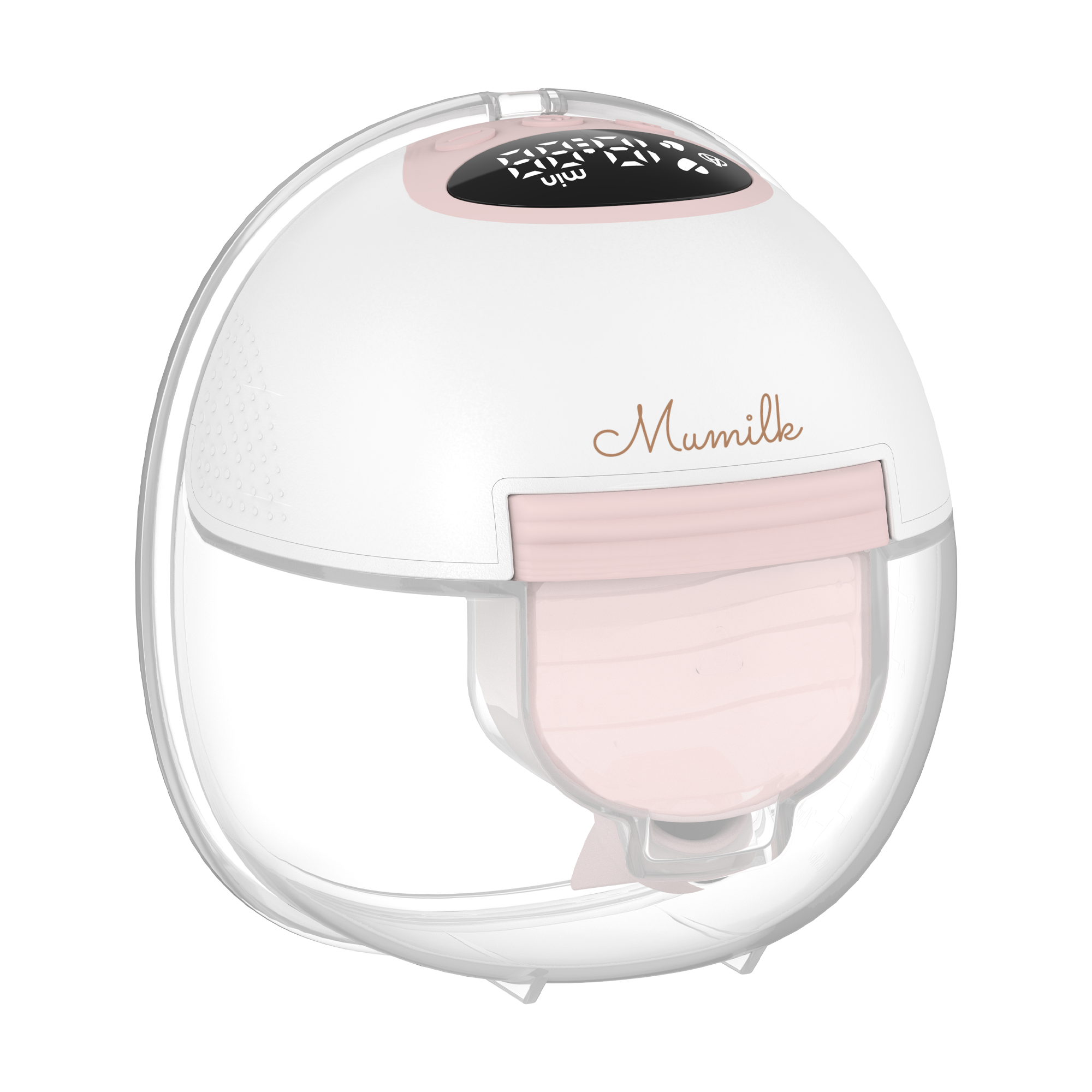
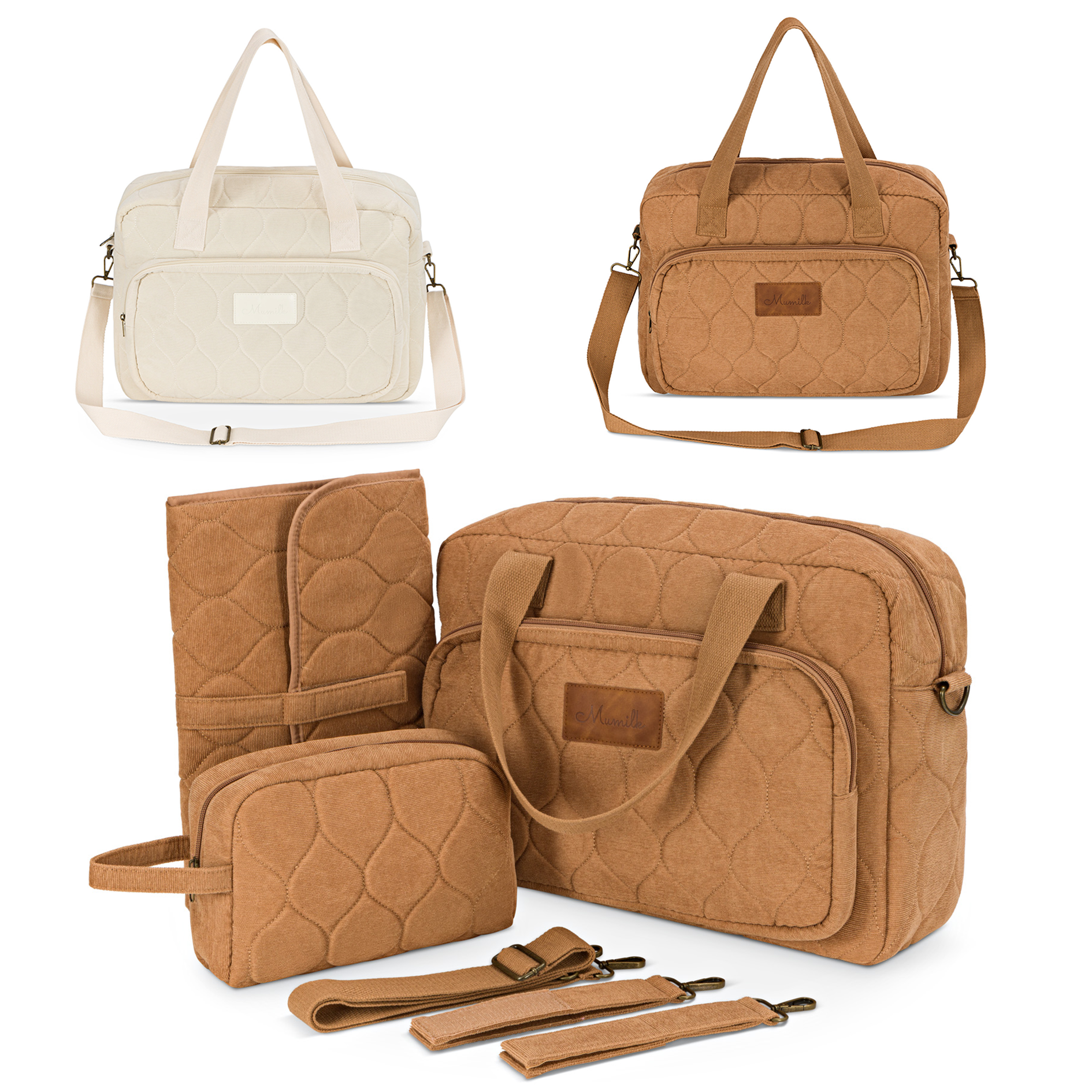

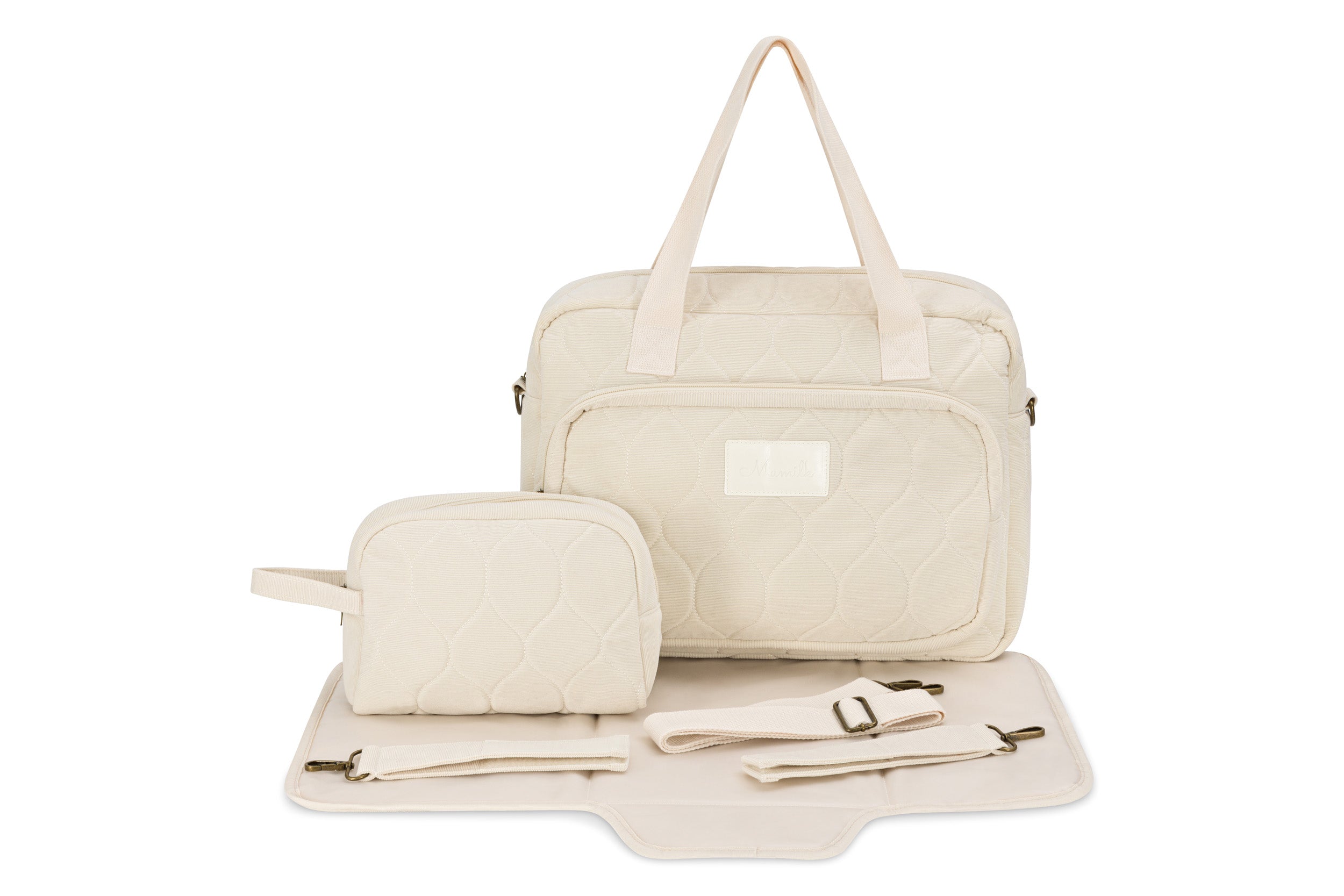

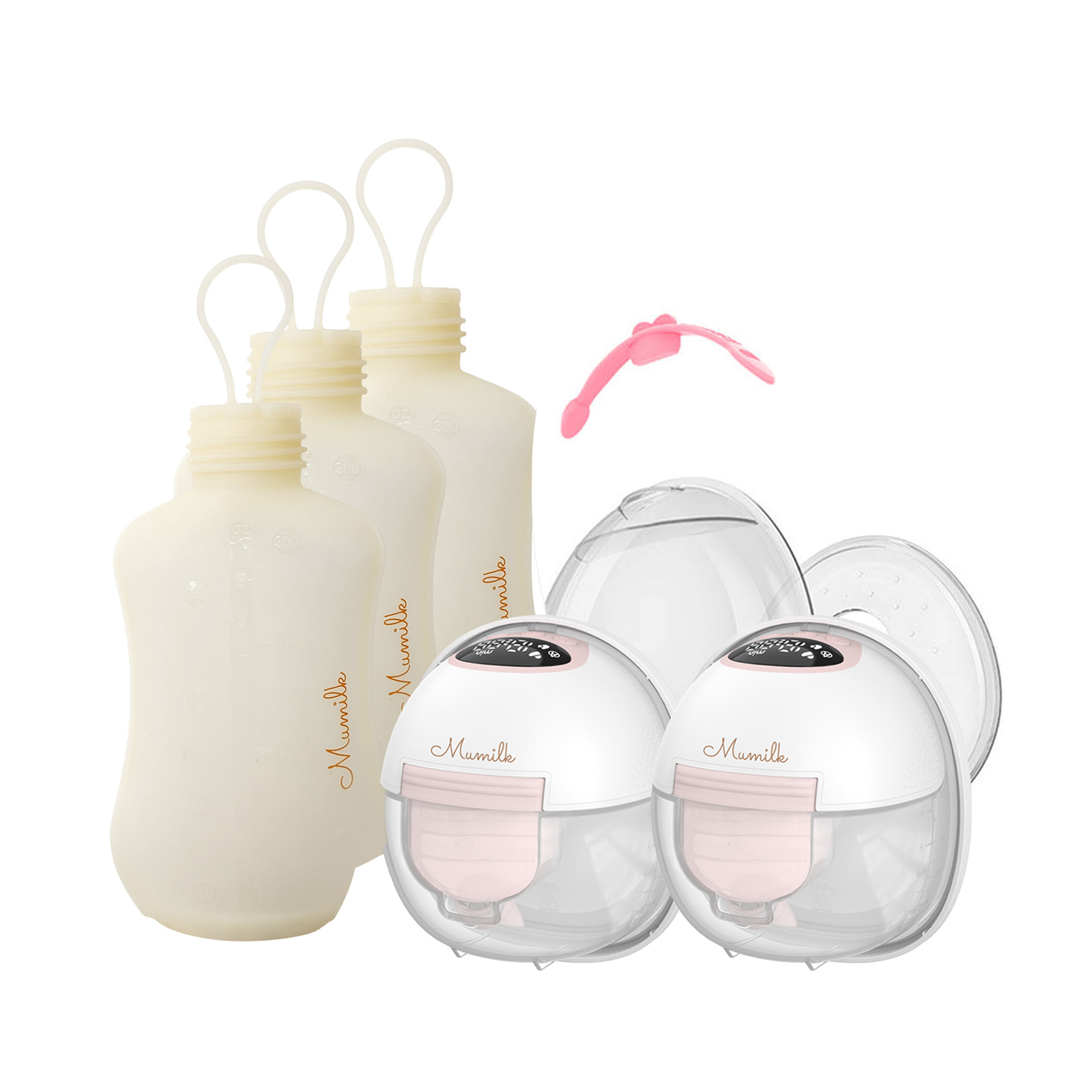
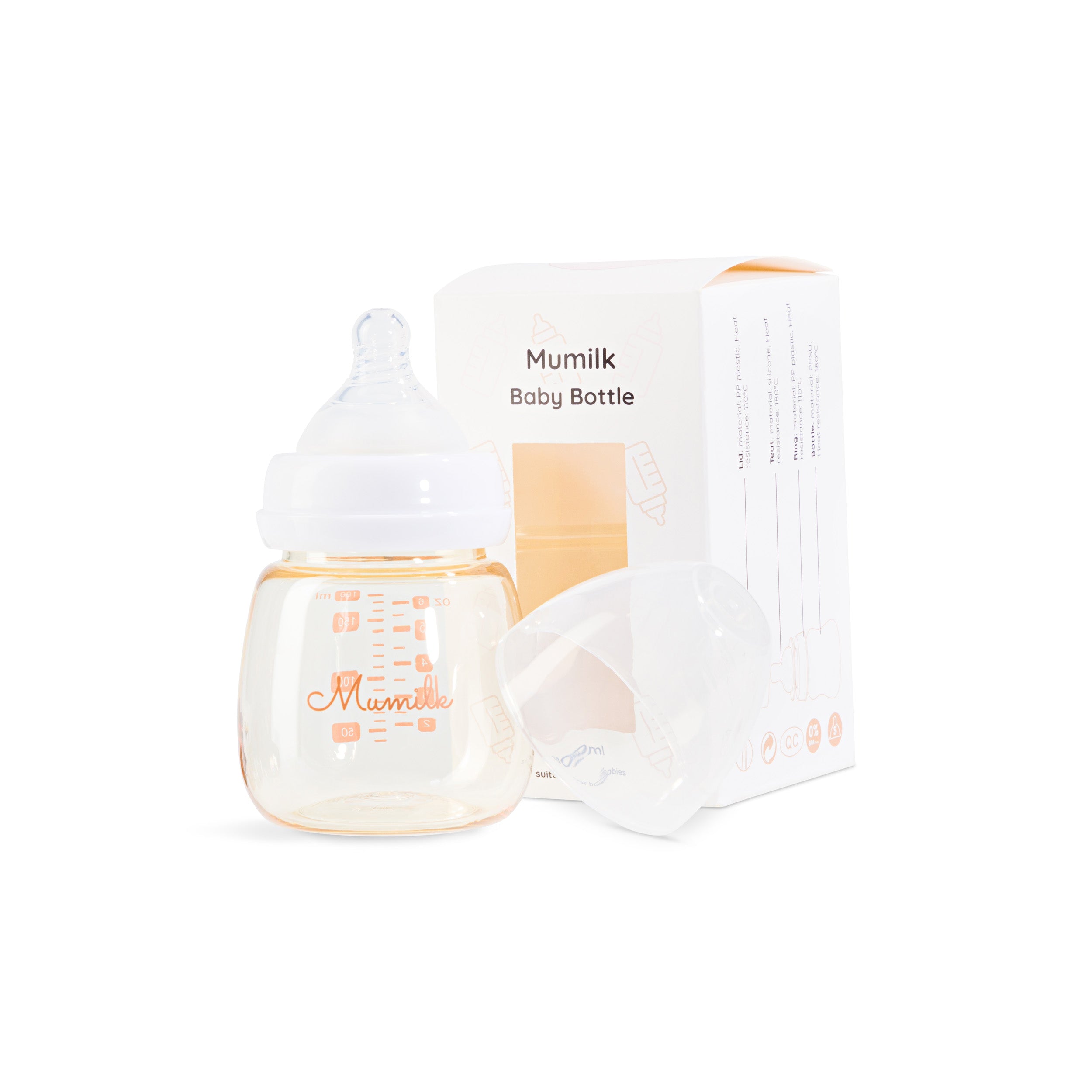
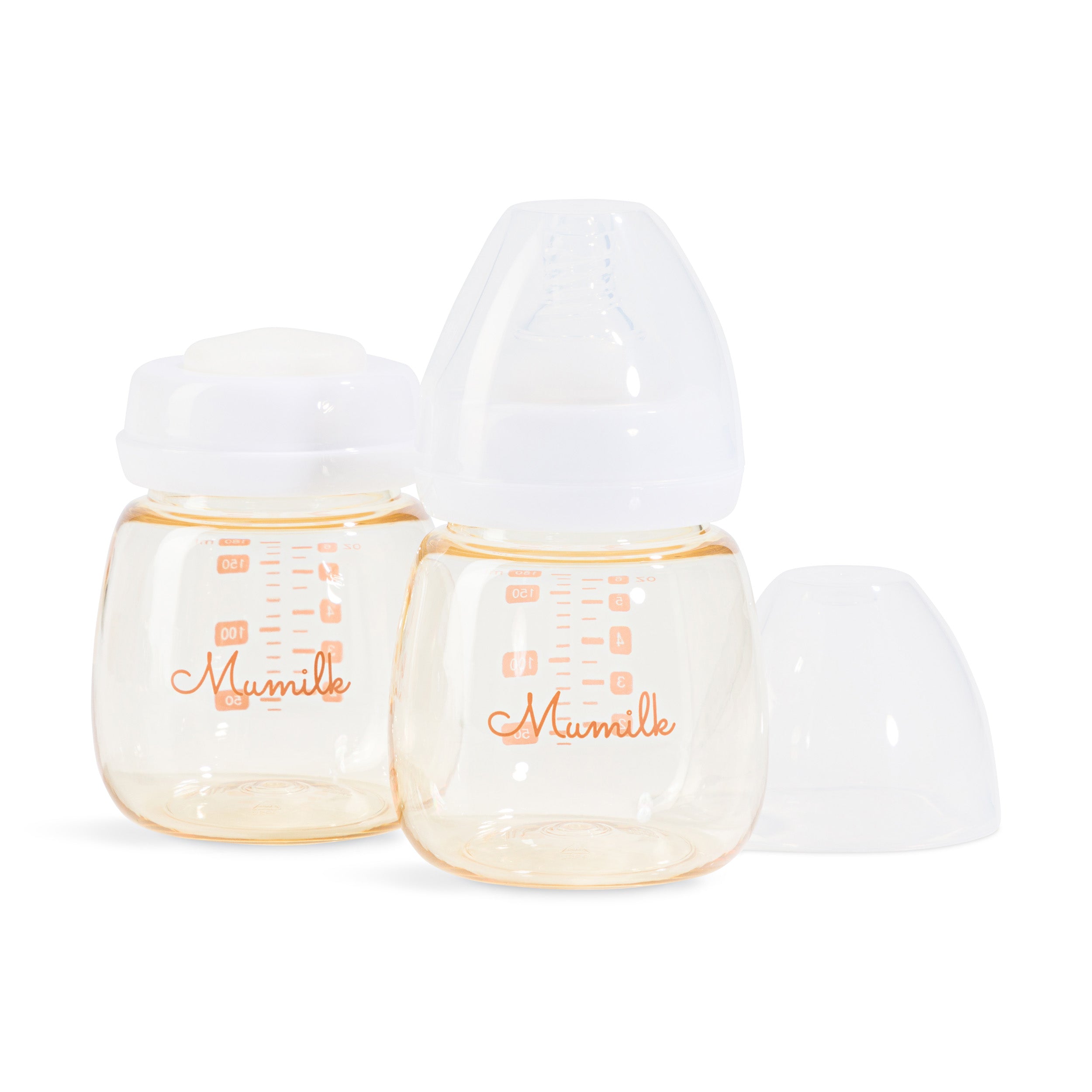
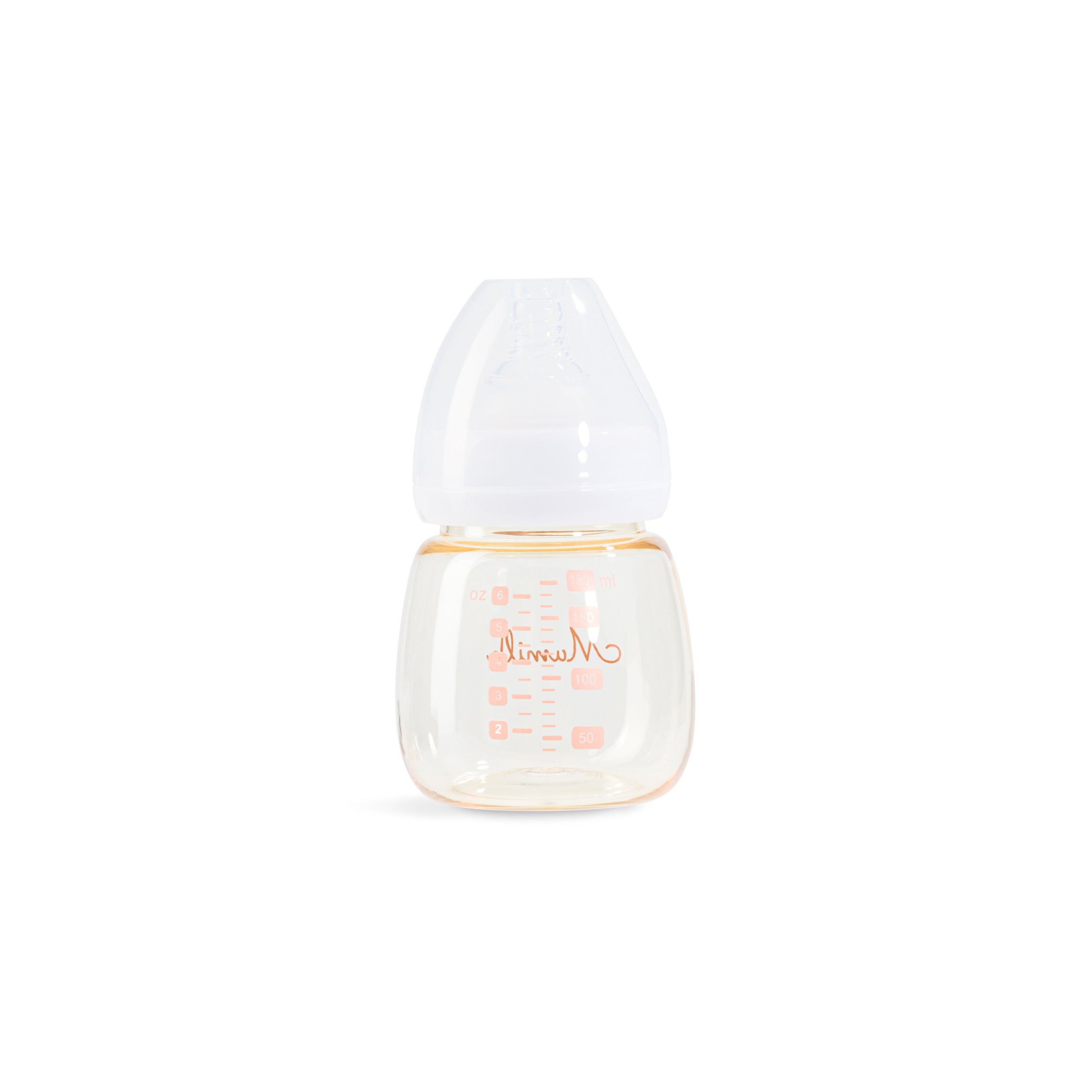
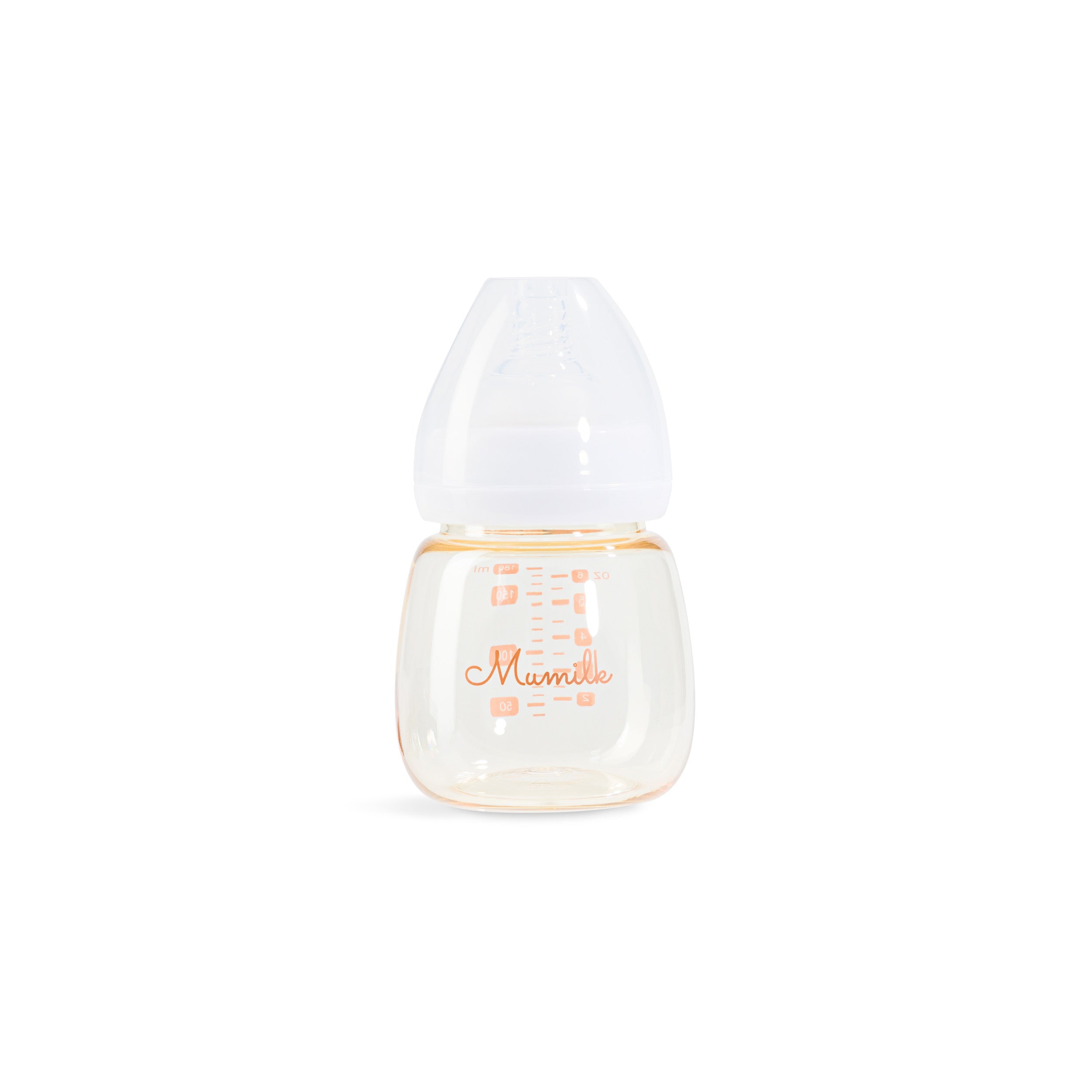
Share:
How Wearable Breast Pumps & Freeze-Drying Are Changing the Game for Mums
Power Pumping to Increase Milk Supply - A Complete Guide